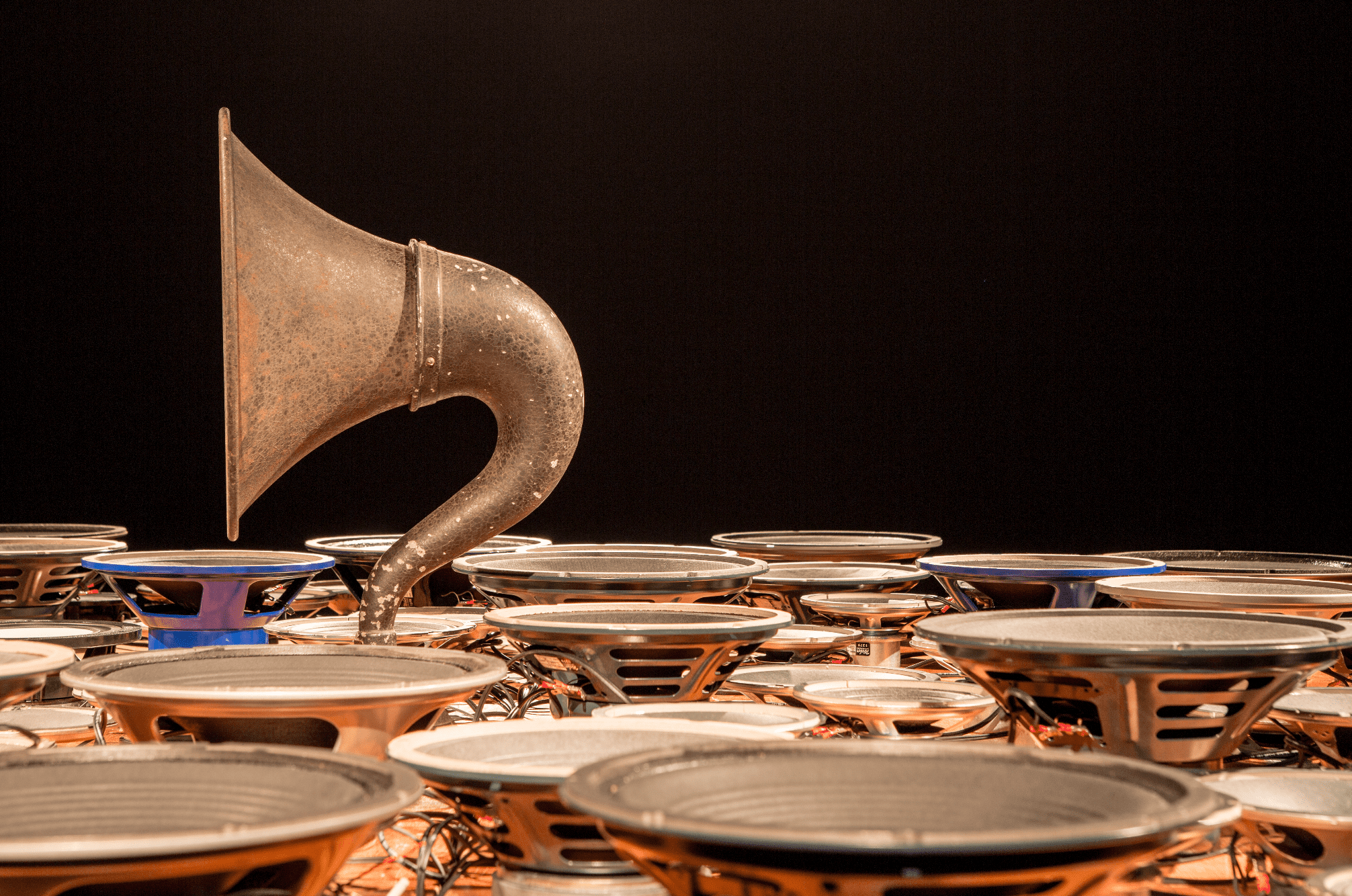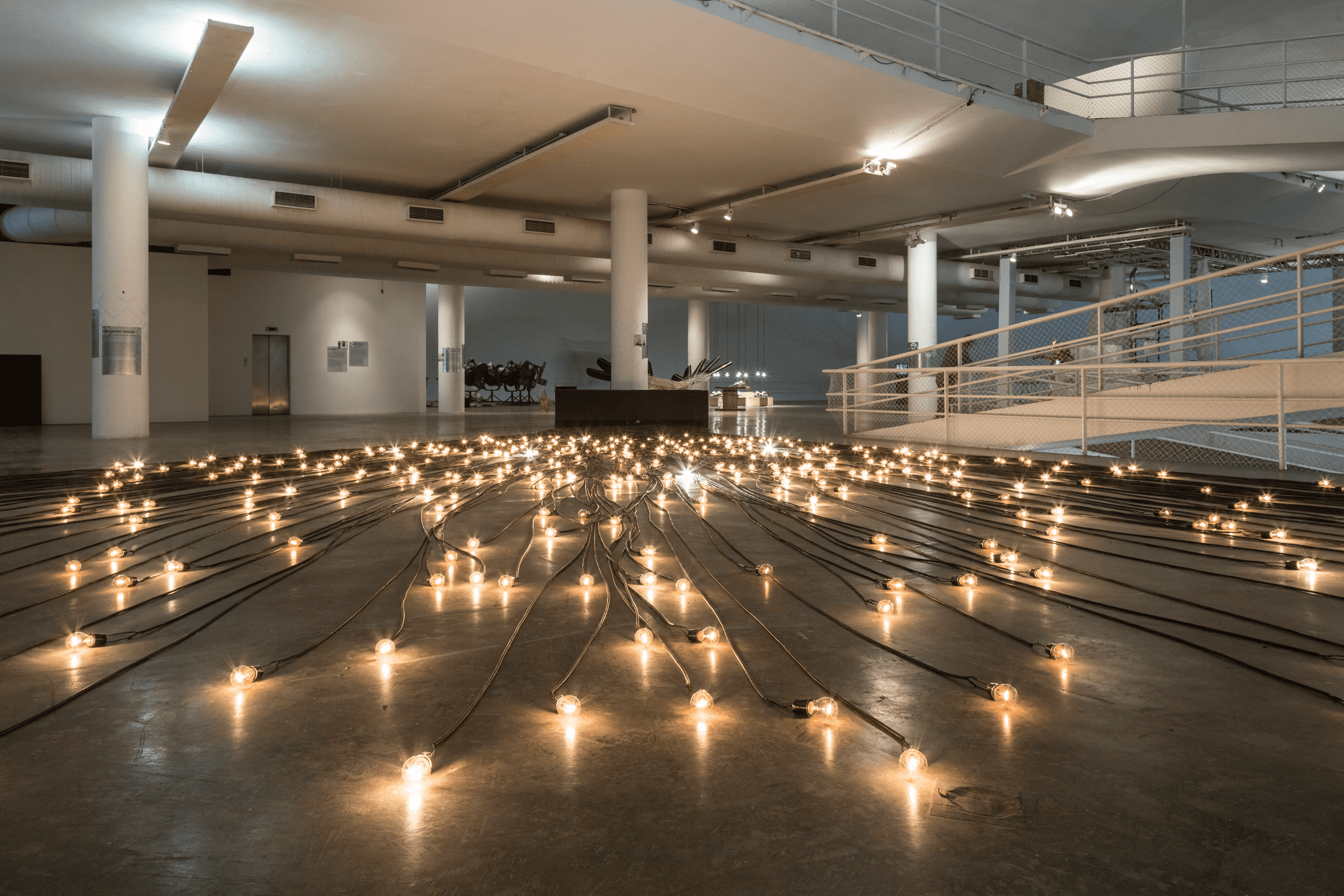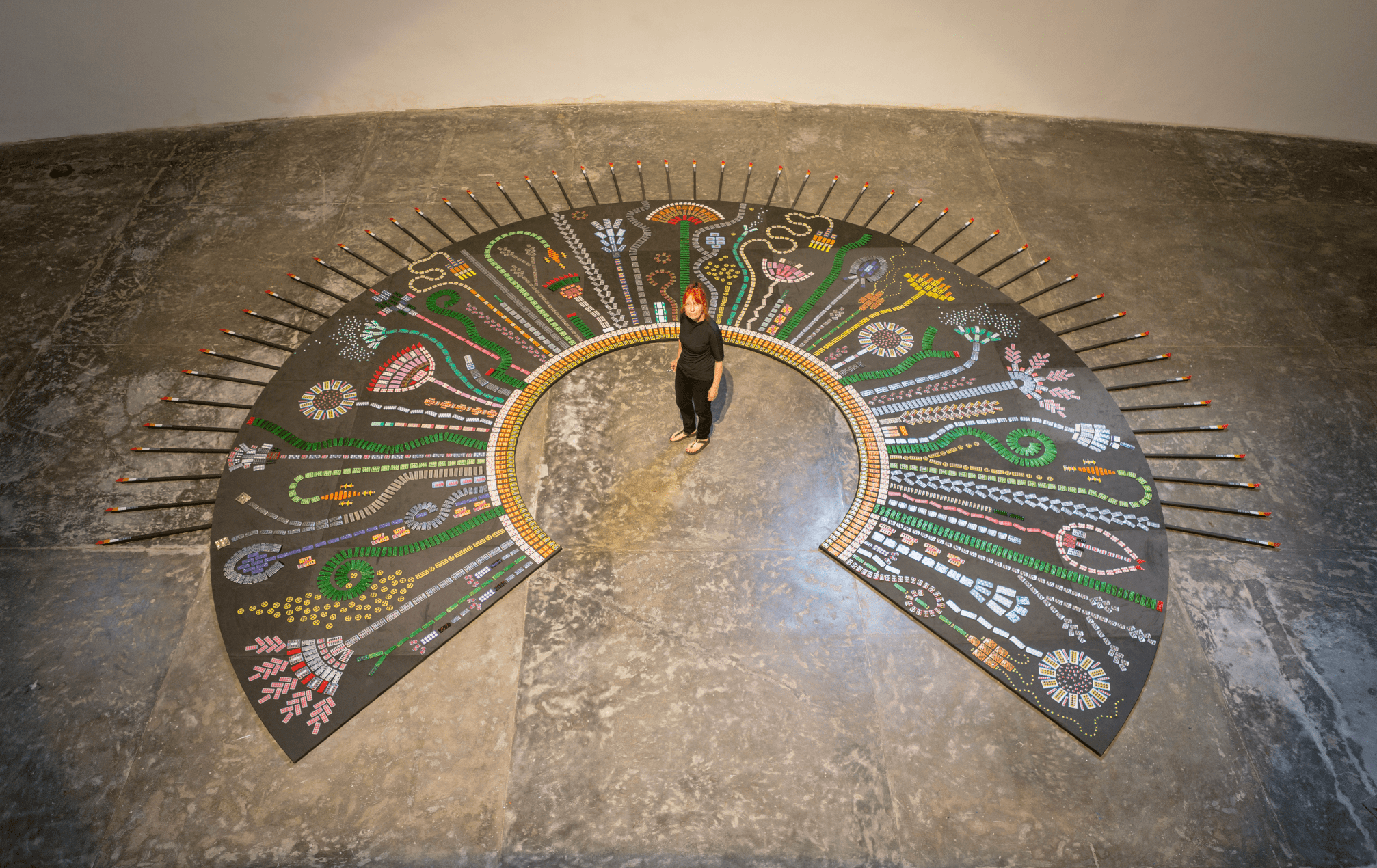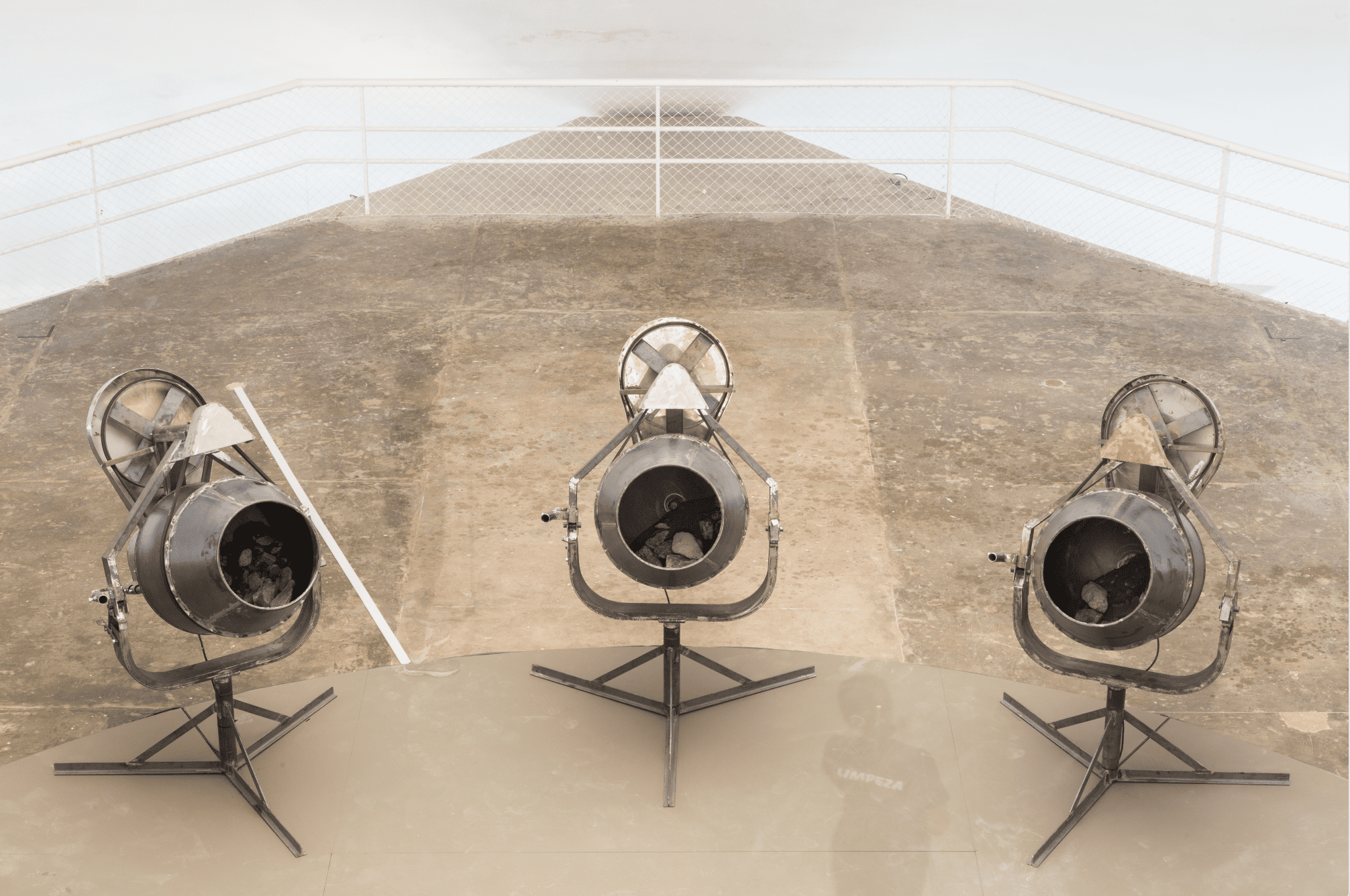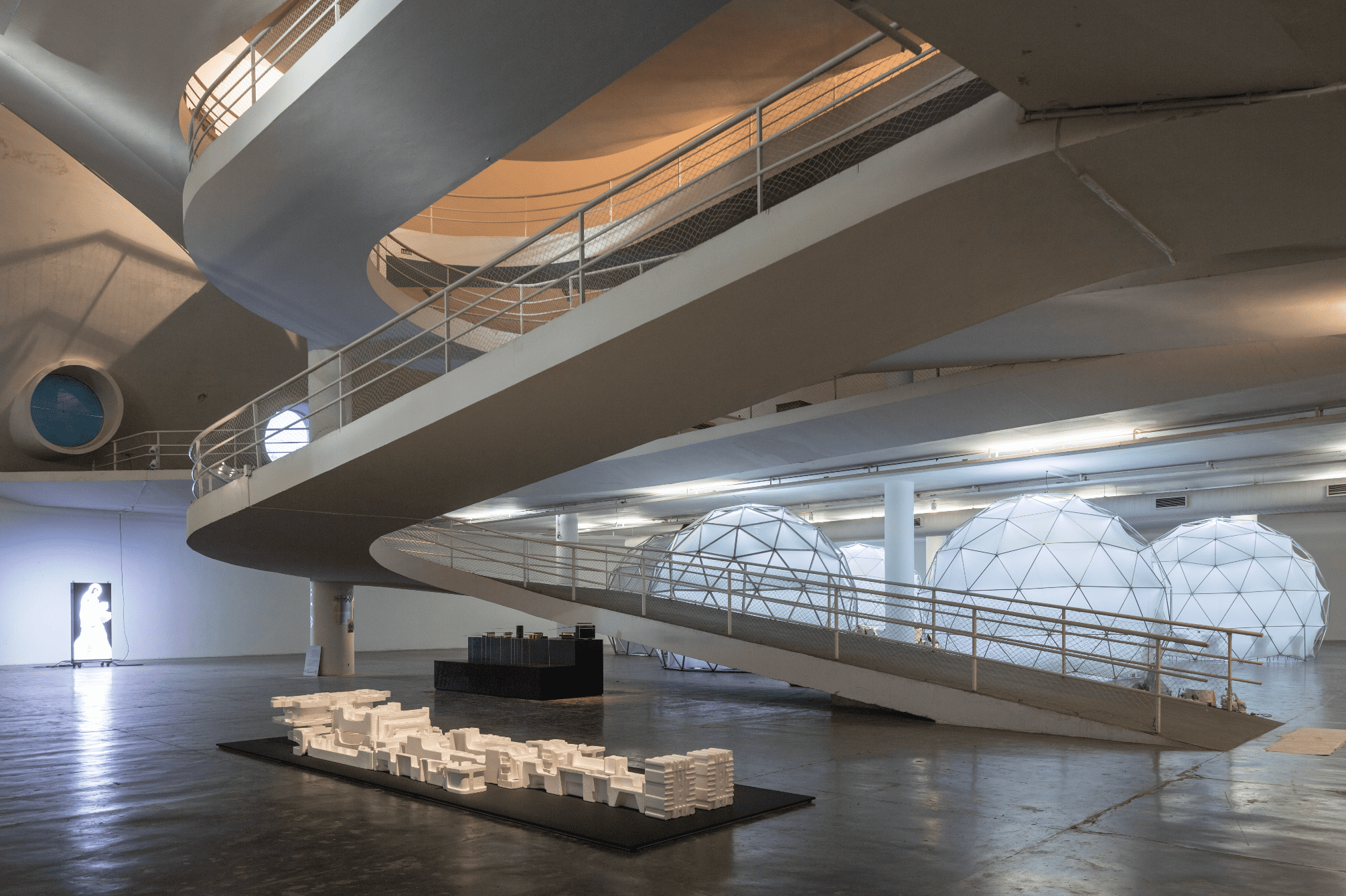Invento
Invento
Oca, São Paulo, SP
2015
Executive Production
Curated by: Marcello Dantas
Art and technological innovation are complementary activities. Art is nourished by innovation and fosters innovative creation, an interdependent and highly fertile relationship. Transformations in technology, the environment, the social fabric, creativity and geopolitics require ever greater questioning and ability to synthesise. Through art, we look for the revolutionary element – be it a thought, an image or an object – or, at the very least, what has brought about a significant change in the lives of ordinary people.
Surveying, analysing and selecting a list of themes with the ambition of putting together, albeit in a lacunar way, a collective, multicultural and integrated history was the motto of Invento. An initiative that can give each visitor a sense of global belonging, an understanding that the saga undertaken by humanity involves crossing new levels of knowledge and transforming nature.
We arbitrarily set a starting date for this research: the year 1865. Exactly 150 years ago, the industrial revolution was in full swing and slavery had come to an end in the United States. The abolition of slavery marked the need for man to invent machines to make everyday work easier and to create processes that would improve the quality of life.
Imagine Invento as a science museum created by artists. An exhibition that aims to tell the story of the inventions we created and how, in turn, they ended up creating us. The multidisciplinary nature of the exhibition shows a world eager for change and the creative and critical responses that artistic interpretations can offer. When incorporating inventions into their work, artists generally think of defunctionalising them, removing them from their original function in order to offer them a reincarnation of their social meaning. The truth of art is not the same as the truth of history. Machines serve; art does not serve. By inventing things, we invent ourselves.
